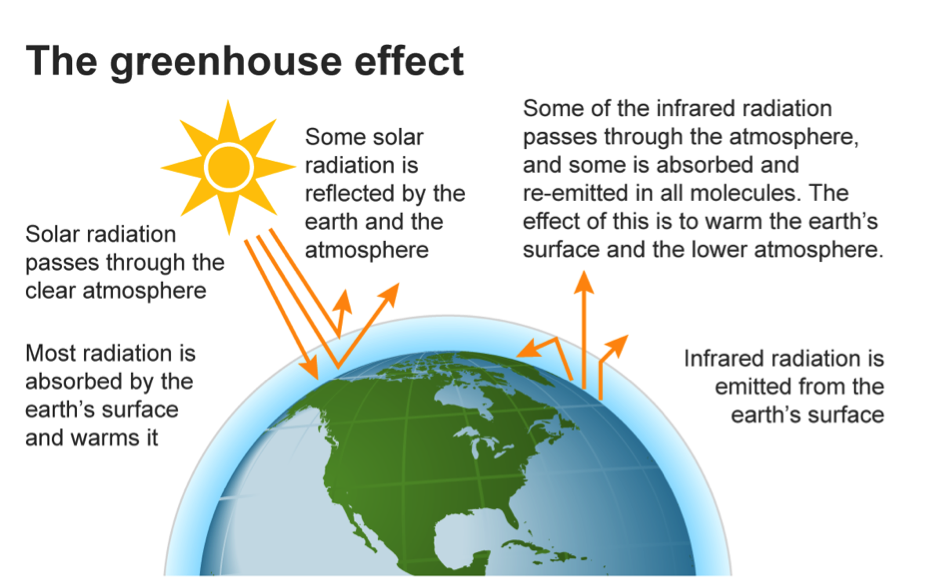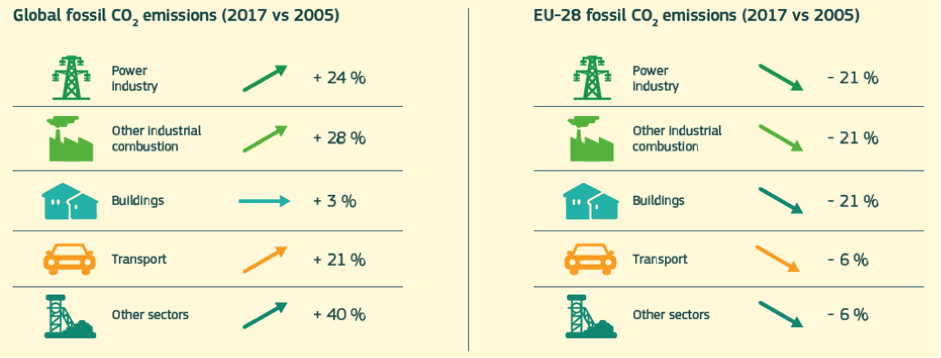On March 28th from 8:30 p.m. to 9:30 p.m. local time, some parts of the world will turn off their lights. So do not panic if your neighborhood or even your city gets dark for a complete hour, they are just letting The Earthshine, at least for an hour.
The “Earth Hour” is a movement for the environment that started by WWF (World Wildlife Found) in Sydney on March 31, 2007, were people simply turned their lights off for 60 minutes. The first edition of the event was so successful that 4 years later about 5, 250 cities, in more than 187 countries translated the event in 51 languages to engage millions of people. Nowadays, every year on the last Saturday of March, people switch off the lights of their homes, offices, buildings, and monuments as a support action on climate change. But, how does it works?
Many of the activities we practice daily require energy from fossil fuels that emit greenhouse gases. The molecules of these “greenhouse gases” (GHG) have the ability to absorb and re-emit the radiation that comes from the sun and reflects on the surface of the Earth. This natural process helps the planet to maintain the temperature and the conditions that allow life, as in a greenhouse or a plant nursery! But the uncontrolled emissions of GHG are creating a quick alteration in this system, generating the famous global warming, which not only translates into an increase in temperature but which also involves climate change. Once the global temperature rises, the sea level rises, the dynamics of precipitation change and the frequency and intensity of extreme climatic effects increase, such as hurricanes, storms, droughts, fires, and others. Finally, this uncontrolled climate events impact on ecosystems, agriculture, water resources, and humans.


https://edgar.jrc.ec.europa.eu/overview.php?v=booklet2018
Although many countries are moving to renewable energy sources (including Guatemala which 40% comes from renewable sources) we still use fossil fuels for electric power and many other activities around the world so the Earth Hour initiative seeks to raise environmental awareness.
Changing your habits is important to reduce your carbon footprint, reduce your consumption of energy and help the planet. Learn about what simple actions you can do every day to help save our planet.
Reduce, recycle and reuse
The first step is to reduce, being a conscious consumer and avoiding unnecessary products such as straws. Almost everything can be reused, you can produce fertilizer with your organic waste and also you can repair your clothes or even exchange it with your family and friends. Before discarding something think if it can still be fixed or used for something different. Once you learn how to take advantage of your materials, nothing seems to be trash.
Ration your water use
Take quick showers and always turn off the water while you are not using it, do not let it run it nor let it drip. Use containers to save rainwater.
Save energy
Turn off lights or appliances when you do not need them, reduce your traditional incandescent light bulbs for light-emitting diode bulbs (LEDs), they use anywhere from 25-80% less electricity and last three to 25 times longer than traditional bulbs. Use smart power strips to eliminate the problem of “phantom loads” or the electricity used by electronics when they are turned off or in standby mode. This is a major source of wasted energy; it is estimated that 75% of the energy used to power household electronics is consumed when they are switched off.
Consume local
This is important to raise economic awareness and the social implications of the industrial production of big brands. Also, the local consumption promotes the regional economy and their local producers which are generally eco-friendly
Explore and restore nature locally
You can support the natural reserves and the local initiatives that protect and restore nature
so they can continue. You can also, participate in reforestation programs, beach cleanings, and related activities.
To learn more about Earth Hour, you can visit:
Remember… We share this planet not only with humans but with millions of living beings like plants, animals, and others. Taking care of the planet implies taking care of every single being that lives on it.
To learn more about the biodiversity in Mesoamerica you can visit our websites:

